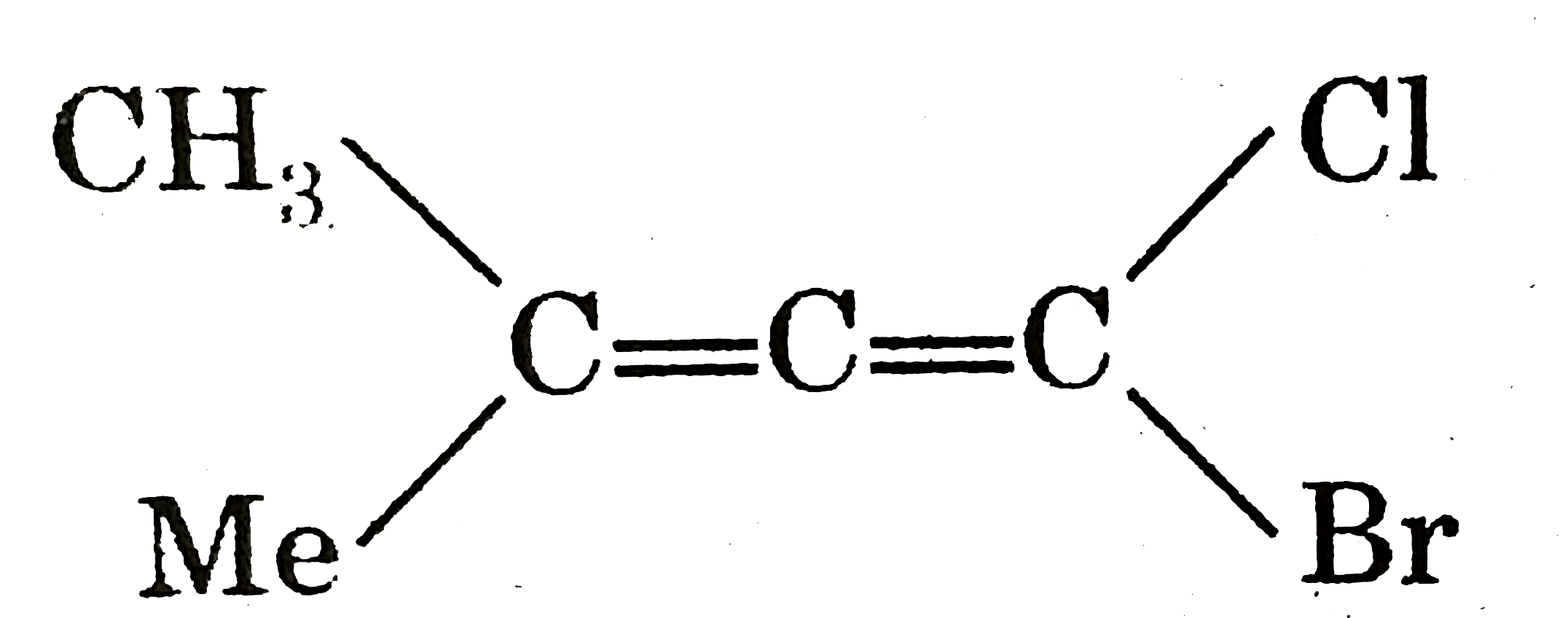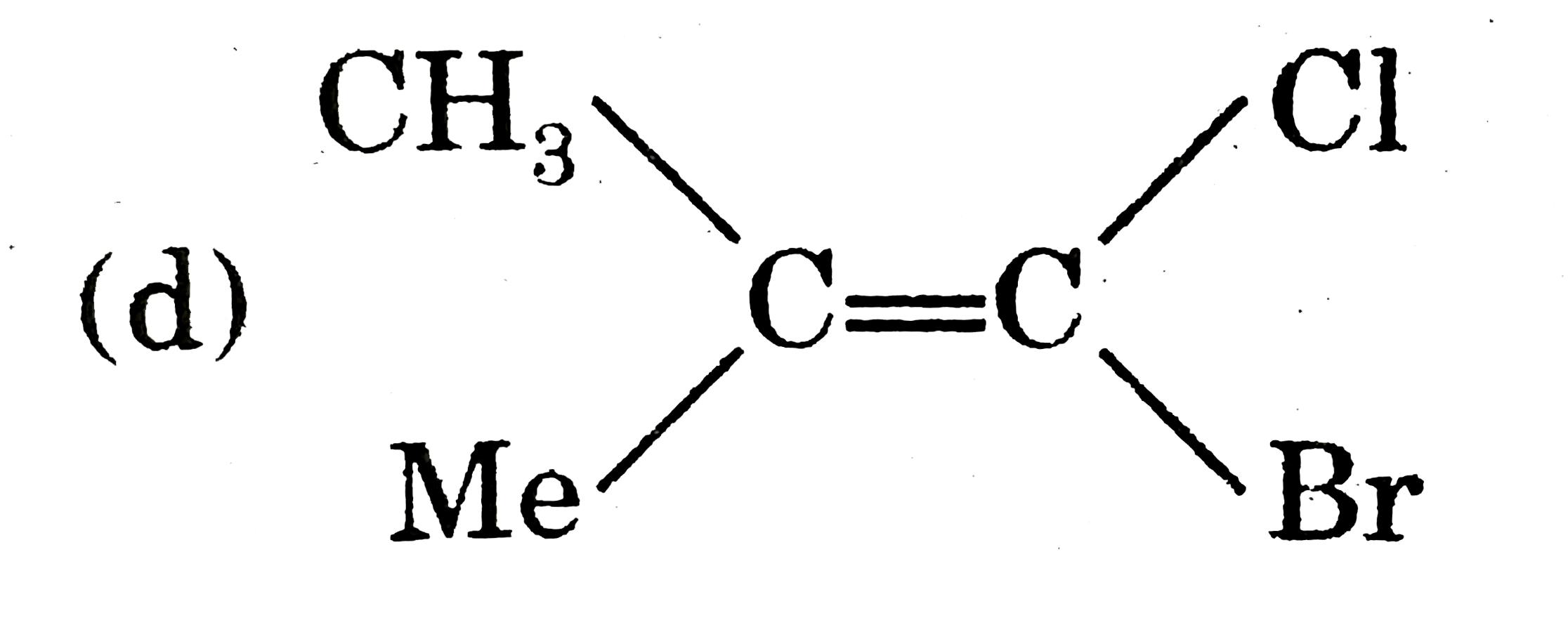Which of the following complex does not show geometrical isomerism
[Co(NH3)4Cl2]+
[Fe(NH3)2(CN)4]−
[Cr(Ox)3]3−
[Co(NH3)3(NO2)3]
The correct Answer is:C
To determine which complex does not show geometrical isomerism, we need to analyze the types of ligands and their arrangements around the central metal atom in the given complexes. Geometrical isomerism typically occurs in coordination complexes with a coordination number of 4 or 6, where ligands can be arranged in different spatial orientations.
1. Identify the Coordination Number:
- Check the coordination number of each complex. Complexes with coordination numbers of 4 or 6 are more likely to exhibit geometrical isomerism.
2. Analyze Each Complex:
- Complex 1: Cobalt(III) complex with ligands like NH3 and Cl.
- Coordination number = 6 (Cobalt can form octahedral complexes).
- Possible geometrical isomers: Yes (cis and trans forms).
- Complex 2: A complex with ligands like NH3 and CN.
- Coordination number = 6.
- Possible geometrical isomers: Yes (cis and trans forms).
- Complex 3: A square planar complex with ligands like Cl and NH3.
- Coordination number = 4.
- Possible geometrical isomers: Yes (cis and trans forms).
- Complex 4: A complex with all identical ligands (e.g., all NH3 or all Cl).
- Coordination number = 6 or 4.
- Possible geometrical isomers: No (only one arrangement possible).
3. Conclusion:
- The complex that does not show geometrical isomerism is the one with all identical ligands, as there is no variation in the arrangement of ligands around the central metal atom.
Final Answer:
The complex that does not show geometrical isomerism is the one with all identical ligands.
---
- Check the coordination number of each complex. Complexes with coordination numbers of 4 or 6 are more likely to exhibit geometrical isomerism.
- Complex 1: Cobalt(III) complex with ligands like NH3 and Cl.
- Coordination number = 6 (Cobalt can form octahedral complexes).
- Possible geometrical isomers: Yes (cis and trans forms).
- Complex 2: A complex with ligands like NH3 and CN.
- Coordination number = 6.
- Possible geometrical isomers: Yes (cis and trans forms).
- Complex 3: A square planar complex with ligands like Cl and NH3.
- Coordination number = 4.
- Possible geometrical isomers: Yes (cis and trans forms).
- Complex 4: A complex with all identical ligands (e.g., all NH3 or all Cl).
- Coordination number = 6 or 4.
- Possible geometrical isomers: No (only one arrangement possible).
- The complex that does not show geometrical isomerism is the one with all identical ligands, as there is no variation in the arrangement of ligands around the central metal atom.
The complex that does not show geometrical isomerism is the one with all identical ligands.
Topper's Solved these Questions
- BOOK - ERRORLESS CHAPTER - COORDINATION CHEMISTRYEXERCISE - ORDINARY THINKING Objective Questions (HYBRIDISATION AND GEOMETRY)53videos
COORDINATION CHEMISTRY
- BOOK - ERRORLESS CHAPTER - COORDINATION CHEMISTRYEXERCISE - ORDINARY THINKING Objective Questions (COMPLEXES AND COMPLEX STABILITY)17videos
COORDINATION CHEMISTRY
- BOOK - ERRORLESS CHAPTER - COORDINATION CHEMISTRYEXERCISE - ORDINARY THINKING Objective Questions (Nomenclature, Oxidation state and EAN number)58videos
COORDINATION CHEMISTRY
- BOOK - ERRORLESS CHAPTER - CLASSIFICATION OF ELEMENTS AND PERIODIC PROPERTIES EXERCISE - JEE Section Matrix Match type questions2videos
CLASSIFICATION OF ELEMENTS AND PERIODIC PROPERTIES
- BOOK - ERRORLESS CHAPTER - D & P-BLOCK ELEMENTSEXERCISE - JEE Section (Numeric answer type questions)2videos
D & P-BLOCK ELEMENTS
Similar Questions
Knowledge Check
- Question 1 - Select One
Which of the following compound does not show geometrical isomerism?
A B
B C
C D
D
- Question 2 - Select One
Which of the following complex does not show optical isomerism
A[Cr(C2O4)3]3−BCis [Pt(Br)2(en)2]2+C[CrCl2(NH3)2en]+D[Cr(NH3)4(SO4)2]+ - Question 3 - Select One
Which of the following complexes will show geometrical isomerism ?
APotassium tris(oxalato) chromate (III)BPentaaquachlorochromium (III) chlorideCAquachlorobis (ethylenediamine) cobalt (II) chlorideDPotassium aminetrichloroplatinate (II)
Which of the following does not show geometrical isomerism?
View SolutionWhich of the following does not show geometrical isomerism?
View SolutionWhich of the following does not show geometrical isomerism?
View SolutionWhich of the following does not show geometrical isomerism
View SolutionWhich of the following does not show geometrical isomerism?
View Solution

